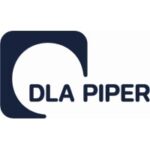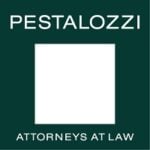-
How active is the securitisation market in your jurisdiction? What types of securitisations are typical in terms of underlying assets and receivables?
-
What assets can be securitised (and are there assets which are prohibited from being securitised)?
-
What legislation governs securitisation in your jurisdiction? Which types of transactions fall within the scope of this legislation?
-
Give a brief overview of the typical legal structures used in your jurisdiction for securitisations and key parties involved.
-
Which body is responsible for regulating securitisation in your jurisdiction?
-
Are there regulatory or other limitations on the nature of entities that may participate in a securitisation (either on the sell side or the buy side)?
-
Does your jurisdiction have a concept of “simple, transparent and comparable” securitisations?
-
Does your jurisdiction distinguish between private and public securitisations?
-
Are there registration, authorisation or other filing requirements in relation to securitisations in your jurisdiction (either in relation to participants or transactions themselves)?
-
What are the disclosure requirements for public securitisations? How do these compare to the disclosure requirements to private securitisations? Are there reporting templates that are required to be used?
-
Does your jurisdiction require securitising entities to retain risk? How is this done?
-
Do investors have regulatory obligations to conduct due diligence before investing?
-
What penalties are securitisation participants subject to for breaching regulatory obligations?
-
Are there regulatory or practical restrictions on the nature of securitisation SPVs? Are SPVs within the scope of regulatory requirements of securitisation in your jurisdiction? And if so, which requirements?
-
How are securitisation SPVs made bankruptcy remote?
-
What are the key forms of credit support in your jurisdiction?
-
How may the transfer of assets be effected, in particular to achieve a ‘true sale’? Must the obligors be notified?
-
In what circumstances might the transfer of assets be challenged by a court in your jurisdiction?
-
Are there data protection or confidentiality measures protecting obligors in a securitisation?
-
Is the conduct of credit rating agencies regulated?
-
Are there taxation considerations in your jurisdiction for originators, securitisation SPVs and investors?
-
To what extent does the legal and regulatory framework for securitisations in your jurisdiction allow for global or cross-border transactions?
-
How is the legal and regulatory framework for securitisations changing in your jurisdiction? How could it be improved?
-
Are there any filings or formalities to be satisfied in your jurisdiction in order to constitute a true sale of receivables?
Norway: Securitisation
This country-specific Q&A provides an overview of Securitisation laws and regulations applicable in Norway.













